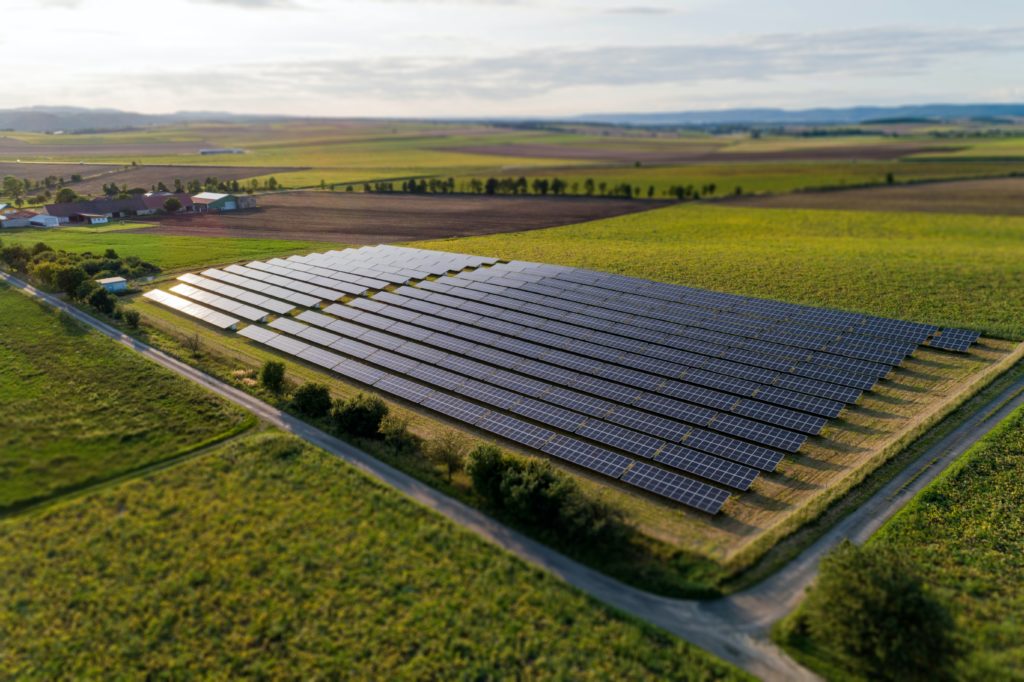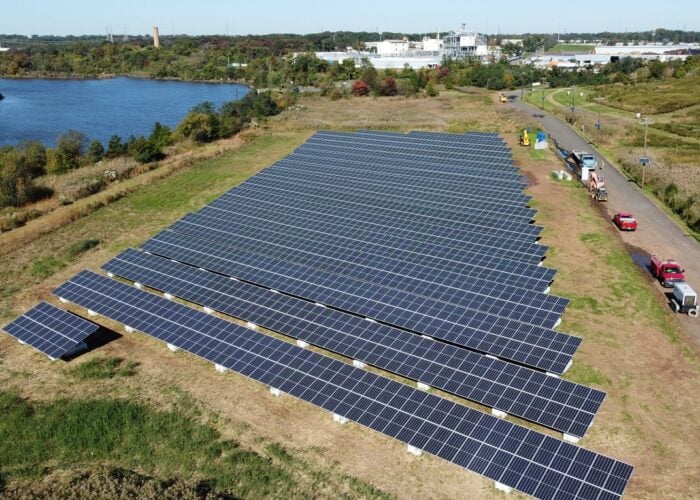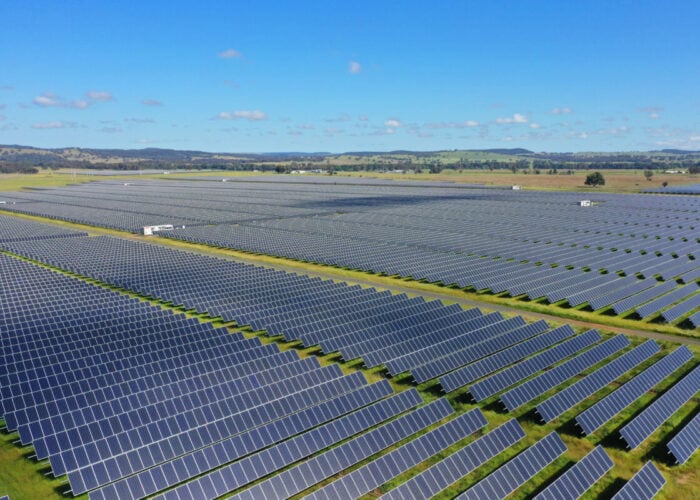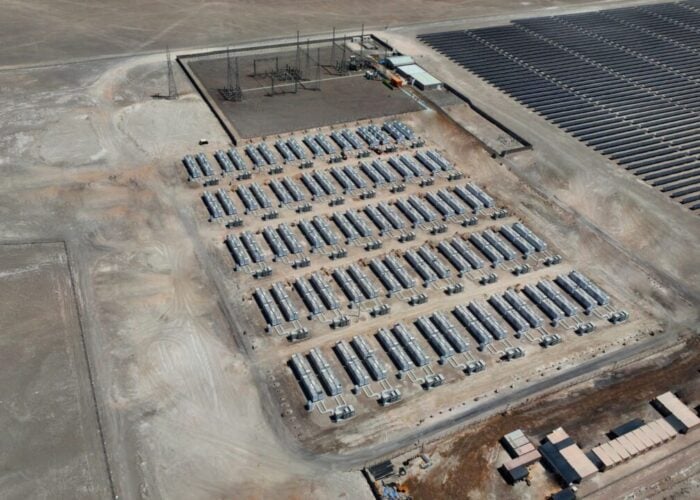
Ahead of Large Scale Solar Southern Europe next week in Athens, Greece, PV Tech spoke with some of the panellists present at the event about Greece’s solar market, including its challenges (curtailment and grid), policy support, and new technologies (agriPV, FPV or green hydrogen).
For Sotiris Kapellos – chairman at HELAPCO and chief operating officer at HELLENiQ Renewables, the solar market in Greece is at a “transition point”. Kapellos says that in the past, the risks for a solar project were limited to the regulatory aspect, which affected mainly the development stage of a project and not so much the operational phase.
Unlock unlimited access for 12 whole months of distinctive global analysis
Photovoltaics International is now included.
- Regular insight and analysis of the industry’s biggest developments
- In-depth interviews with the industry’s leading figures
- Unlimited digital access to the PV Tech Power journal catalogue
- Unlimited digital access to the Photovoltaics International journal catalogue
- Access to more than 1,000 technical papers
- Discounts on Solar Media’s portfolio of events, in-person and virtual
Or continue reading this article for free
“The market risk was limited due to the feed-in-tariffs (FiT) and feed-in-premiums (FiP) models that guaranteed the compensation of (all) the energy produced. This has been changed. The routes to the market now are through cPPAs (corporate power purchase agreements) and merchants. This means additional risk for the investor,” adds Kapellos.
National renewable energy support schemes such as the FiT and FiP have been one of the main drivers for the solar market in the country, says Ulrich Laumanns, project manager at the Deutsche Gesellschaft für Internationale Zusammenarbeit (GIZ), “in combination with the decreasing prices of solar PV modules.”
Laumanns adds that while most of the installed solar capacity in Greece came through auctions organised by the Regulatory Authority for Energy, the impact of self-consumption schemes has been “comparatively small”.
Regarding the market’s state for power purchase agreements (PPAs) and its main drivers, Evangelos Gazis – head of southeast Europe at Aurora Energy Research says there is “high competition in traditional CfD auctions resulting in low prices, and higher willingness to pay from industrial offtakers due to price volatility is driving interest in PPAs across the region.”
In certain cases, such as Greece, PPAs allow to fast track grid application process, which created a “market overheat”, explains Gazis. He adds that lenders are still reluctant to finance project that are fully merchant and require some form of long-term revenue stability.
Increased levels of curtailment
One of the ongoing challenges that surged this year is the issue of curtailments, which was highlighted by both Gazis and Kapellos.
“Curtailments in 2023 are estimated at 2-3% of total RES production and are expected to increase this year in view of the additional RES [renewable energy sources] (expected 2.5 GW in 2024 vs. 2.1 GW in 2023),” explains Kapellos. With the increased penetration of renewable energy in the power mix, curtailments for renewables in 2024 – during the first four months – have already surpassed the numbers of 2023, as mentioned in one of the cover features of PV Tech Power 39.
A solution towards reducing curtailment would come through energy storage, explains Kapellos, although investment in the technology is a few years away.
“Energy storage will at least partially tackle the curtailment issue. The market is lacking energy storage and 2 BESS auctions (~1GW) to support it (RRF) have already taken place. Energy storage is lacking and new investments are going towards this direction for the next two to three years. Further penetration of energy storage would decrease curtailments and even give room for more electrical space (connection terms) in specific locations in the country.”
Limited grid capacity
Curtailment issues are not only one of the biggest challenges in Greece, but across Southern Europe, explains Gazis. He also highlights the risk of price cannibalisation and a “slow process to acquire grid connection” as the biggest challenges for the solar PV industry in the region.
Laumanns also raises the issue concerning the state of the grid in the country. The limited capacity of electricity networks to absorb new renewable energy is the biggest challenge, adds Laumanns. “This requires extensive reinforcements of the existing network as well as the large-scale deployment of energy storage systems.”
Faster deployment and increased support of energy storage could alleviate the curtailment issues while helping reinforce the grid in Greece.
“Greece needs to strengthen its electricity networks, including interconnections to other countries. Investments in energy storage and sector coupling (use of renewable electricity e.g. for electric vehicles, heat pumps, electrolysers) should also be supported,” adds Laumanns.
Streamline licensing process
In terms of policy changes to further support the growth of solar PV in the region, Gazis says: “[A] more streamlined licensing process, more clarity on the regulations regarding static curtailment (injection constraints), clarity on potential caps and remuneration for dynamic curtailment,” as well as “clarity on regulatory frameworks and potentially support for battery storage, to enable wider solar deployment.”
New technologies (agriPV, FPV and green hydrogen)
The implementation of new technologies in Greece is ongoing but at different paces. Laumanns explains that a support scheme for floating solar pilot projects has been announced by the Greek government.
“For green hydrogen, there is a significant potential in Greece and some projects are already being developed with EU funding. A national support scheme for green hydrogen pilot projects is currently under preparation. However, a dedicated legal framework for all of these technologies is still missing,” adds Laumanns.
The impact of green hydrogen on solar PV is non-deniable, and could bring between 24GW to 34GW of installed capacity solely for the purposes of generating electricity to power these electrolysers. This was highlighted in a guest blog published earlier today by Panos Kefalas, research lead expert of Southeastern Europe at Aurora Energy Research, who wrote about the potential impact of green hydrogen on solar PV in Southeastern Europe.
| PV Tech publisher Solar Media will be organising the second edition of Large Scale Solar Southern Europe in Athens, Greece during 2-3 July 2024. The event will focus on an ever-growing market such as Southern Europe with a packed programme of panels, presentations and fireside chats from industry leaders responsible for the build-out of solar PV projects in Greece, Turkey and Croatia. More information, including how to attend, can be read here. |







